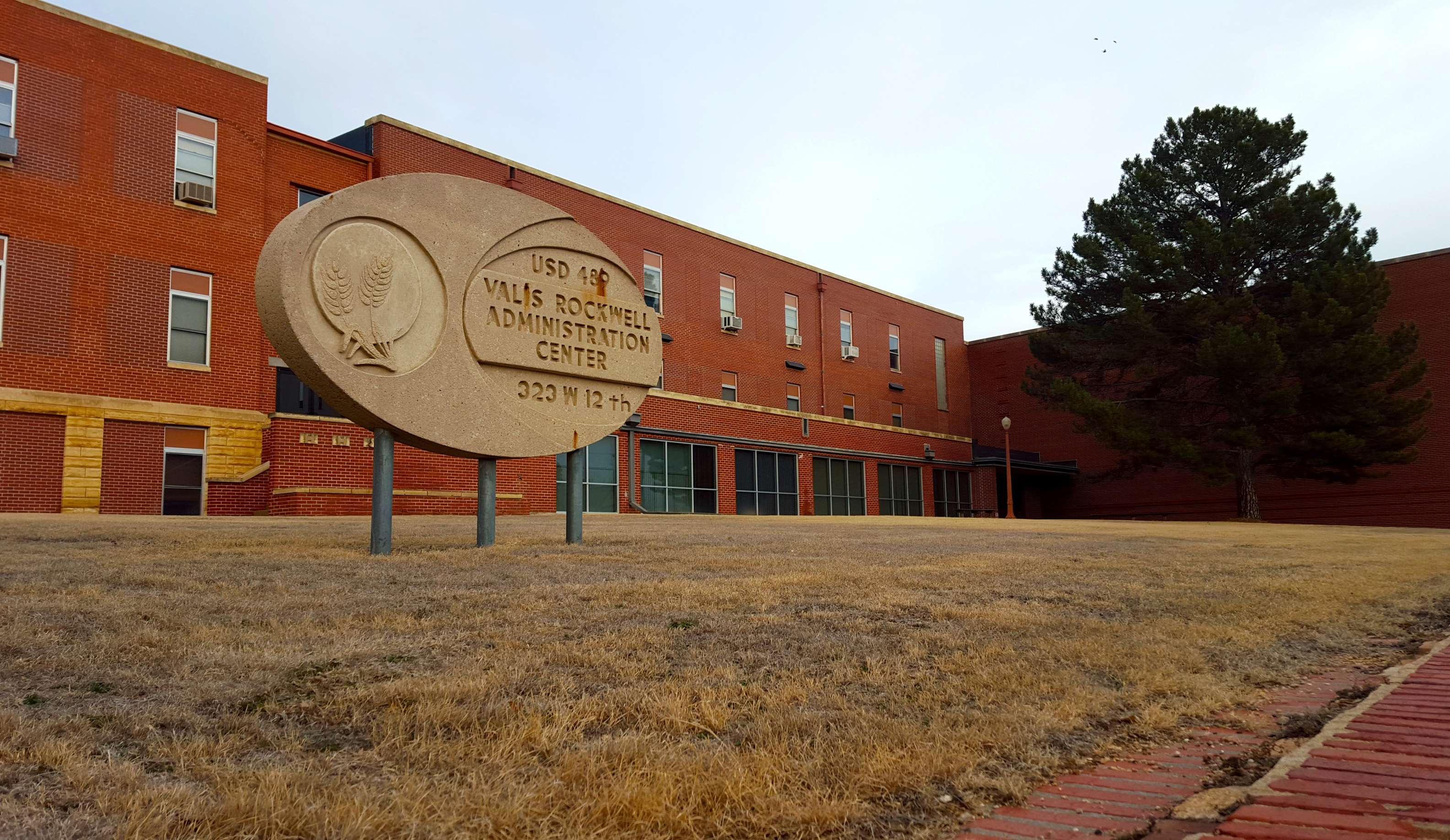The implementation of a safety committee is saving the district more than $100,000 per year in insurance costs.
The district renewed its Kansas Educational Risk Management Pool property/casualty insurance and worker’s compensation insurance at its meeting Monday night.
The quote for property/casualty
insurance for the 2017-2018 school year
was $124,752. The premium last year was $127,200, so the premium is $2,448 less for the upcoming year.
The district paid $143,862 for worker’s compensation insurance last year and will pay $132,674 to United Heartland this year.
The total including fees will for 2017-18 will be $277,426, which is down considerably from the $391,000 the district paid in 2014.
After years of increasing insurance costs, the district formed a safety committee in 2014. That committee has members from all the district’s buildings and departments.
The committee has issued a series of awareness campaigns, including one on slip, trip and fall hazards, said Tracy Kaiser, USD 489 executive director of finance and support services.
At the building level, schools have worked with staff and custodial services to make sure designated walkways are cleared during icy and snowy weather. The schools then encourage staff to use these clear walkways.
“We want our staff members to be aware of how accidents happen,” Kaiser said. “We want them to be aware of the shoes they are wearing and maybe that they need to hold a railing as the walk down stairs.”
Staff members are encouraged to take action quickly if they see unsafe situations to block off an area or clean an area that might have a hazard.
The district also is exploring an accident investigation process, which would help officials identify unsafe practices or areas that might need repair.
The actions of the safety committee are not just meant to make district facilities safer for staff member. Kaiser said officials hope schools are safer for children and visitors as well.
The district hopes to continue to see decreases in its insurance rate. The mod factor, which determines the amount of insurance the district pays, was 1.29 in 2013. It dropped to 1.04 in 2017. If it drops below 1, then the insurance company is paying less in claims than the district is paying in premium.
A drop below a 1 rating will drop insurance premiums significantly further, Kaiser said.

